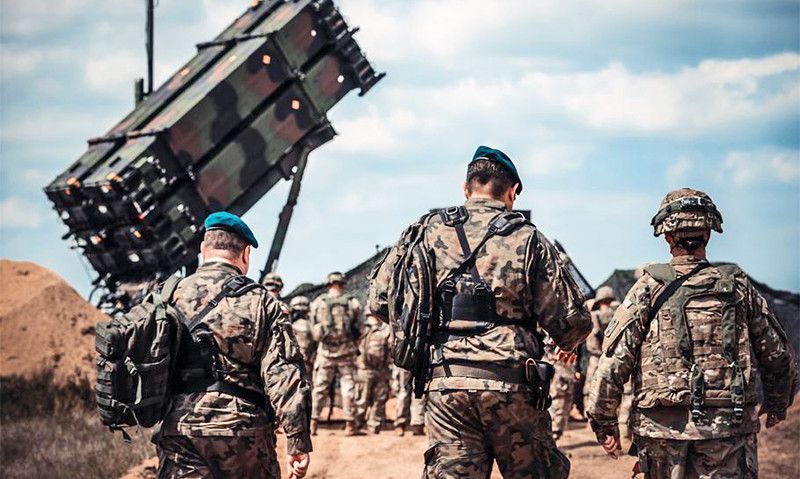
Move bolsters defense in a country where thousands of additional U.S. troops have deployed since Russian invasion of Ukraine.
Two U.S. Patriot missile batteries have been dispatched to Poland, U.S. European Command said Wednesday, bolstering defenses in a country where thousands of additional U.S. troops have deployed since Russia’s full-scale invasion of Ukraine two weeks ago.
“This defensive deployment is being conducted proactively to counter any potential threat to U.S. and Allied forces and NATO territory,” Capt. Christina Judd, a EUCOM spokeswoman, said in a statement.
EUCOM’s Gen. Tod Wolters directed the Patriot batteries from the 10th Army Air and Missile Defense Command, headquartered at Rhine Ordnance Barracks, Germany, to an operational site in Poland. It wasn’t immediately clear where in Poland the batteries were being sent.
“This is a prudent force protection measure that underpins our commitment to Article Five and will in no way support any offensive operations,” Judd said. “Every step we take is intended to deter aggression and reassure our allies.”
Article 5 contains the NATO treaty’s principle that an attack on one member requires a collective response from all.
The decision to send in air defenses to Poland comes one day after the U.S. rejected a Polish proposal to send its MiG-29 fighter jets to Ramstein Air Base, where they would be reflagged for eventual delivery to Ukraine. Pentagon spokesman John Kirby said the decision to send fighters to Ukraine is a Polish decision, but that U.S. bases couldn’t be involved.
Such a move “raises serious concerns for the entire NATO alliance. It is simply not clear to us that there is a substantive rationale for it,” Kirby said.
The idea of getting fighter planes to Ukraine has been circulating within the NATO alliance for more than a week. However, NATO Secretary-General Jens Stoltenberg during a stop in Poland last week said allies opposed the idea of using allied airspace to transfer the fighters to Ukraine.
Still, it remains possible that fighters could be transferred by other means, such as by land.
For the U.S., the aim thus far has been to support Ukrainian forces with weapons supplies while avoiding direct conflict with Russia.
Calls from some security analysts and former government officials also have been increasing for NATO to impose a no-fly zone in Ukraine, but U.S. President Joe Biden and NATO have rejected the idea, saying it could make allies a party to the unfolding war. A no-fly zone would have to be enforced and that could involve shooting down Russian planes.
- Security

